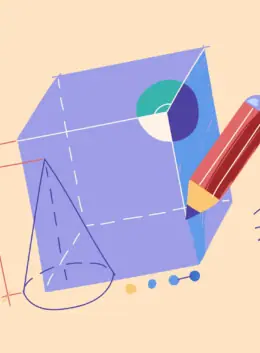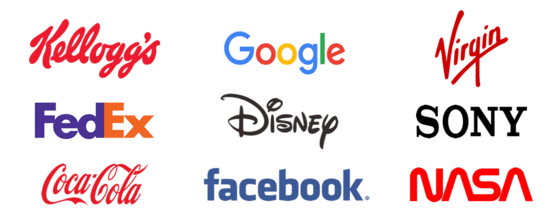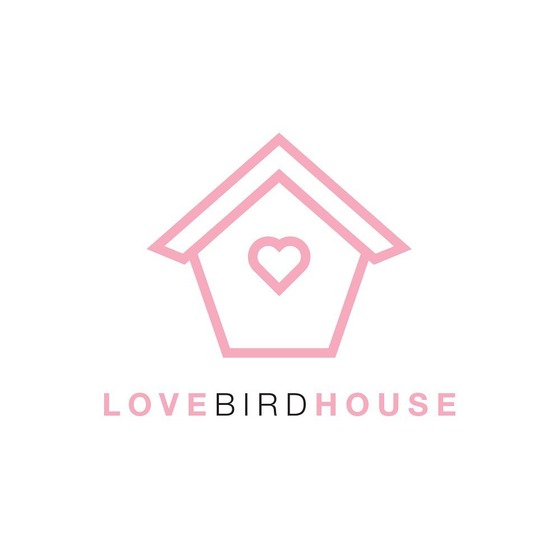
Logo design is an essential ingredient in developing a brand identity. In essence, logos are used to identify a company, brand, or person and differentiate them in the marketplace. They are the front-facing symbol of an entity and most times, they are the first representation of the entity that the customer will see.
Designing a logo takes a great deal of brainstorming, creativity, and talent. Despite the importance of a good logo – designing one doesn’t have to be stressful! To help inspire your creative process in designing a successful logo, we asked 7 design experts to identify the common quality markers in good logo design.
1. It’s simple
“Too many details can become a problem, so the idea of prioritizing simplicity is extremely important. I love seeing work that looks incredibly simple but has a clear concept because you know the designer has taken away everything but the essentials. That is usually the mark of a great logo and a great logo designer”.
2. It conveys a particular feeling or theme
“Most businesses can name a list of brand values that they want people to associate them with – for example, professional, affordable, friendly, luxurious, fun. A good logo should be able to align with those values. This, however, does not mean that the logo needs to show what the business does or sells. Apple doesn’t have a computer in its logo and the Starbucks logo doesn’t have a cup of coffee. The more unique and intriguing the logo is, the more interest it will generate and the more memorable it will be.”
3. The font choice reflects the brand identity
“Selecting a typeface that matches the brand values is essential for an effective logo. If there is a dissonance between the brand and the font, it communicates a lack of coherence and undermines trust in the brand. The art of choosing a font is communicating the brand identity visually with a font choice. For example, a handwritten font may be ideal for a boutique surf shop, but will likely not go down well for a law firm. Whereas a serif font might be great for tailors but a poor choice for a theme park.”
4. Graphics are not always used
“A good logo does not always need a graphic. If a brand does not lend itself to a specific graphic then often it is not needed. A Word-mark logo (using just the letters) can be just as effective if not more effective than a graphic logo. Just make sure to manipulate the font chosen to make it unique. ( Think Coke, Visa, Google, etc. )

5. It has defined elements that portray a certain style
“After you’ve pushed the creative process past the first obvious ideas and have arrived at an interesting solution, I think the most important thing to keep in mind when designing a logo is to pare it down to its essential elements. This is especially important if you are using a decorative or hand-drawn style. My own work tends to be more illustrative than typographic and the simplification process definitely helps to create a cleaner, more effective, and ultimately, a more successful design.
Another benefit of paring down your design is that it helps ensure the logo will work in different media and will be clear and readable at any size. For this reason, it’s important to test your logo in different scenarios to make sure you’ve simplified it enough.”
6. It looks good at any scale
“The best logo should look perfect in any color and any size. Do not forget that the logo can be used not only on a website or for a business card but also on different surfaces and promotional products. Your logo should be great everywhere.”
7. It’s unique
“I get why we use free fonts… because, FREE! But using the same free fonts everyone else is using in design takes away the individuality a logo is trying to create in the first place. Spend some time choosing a font that unique and memorable, and create a logo that is the same.”



